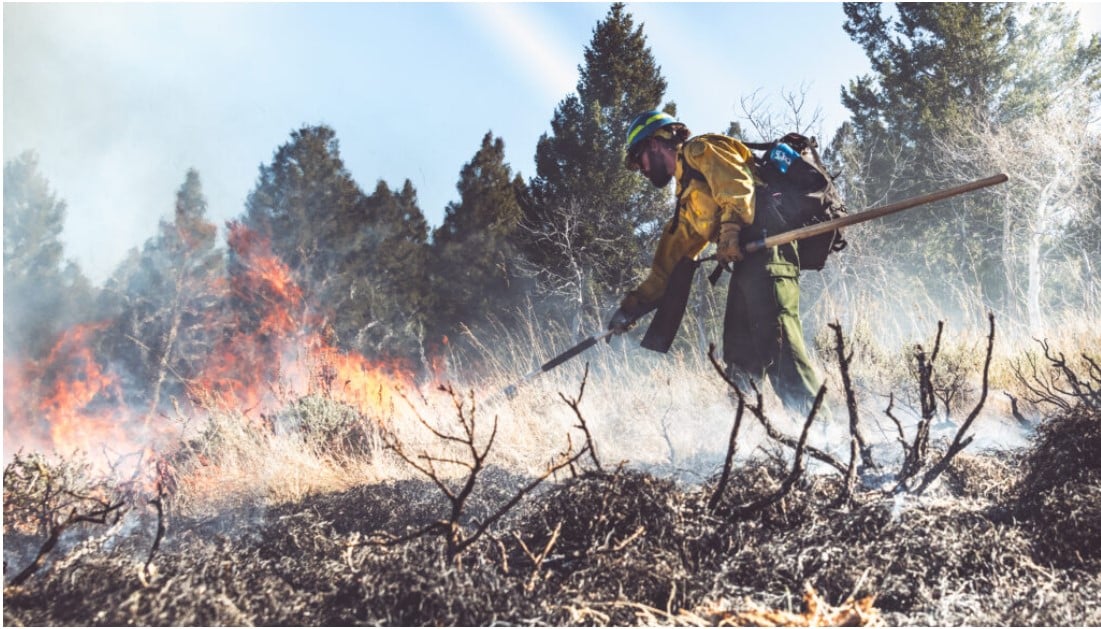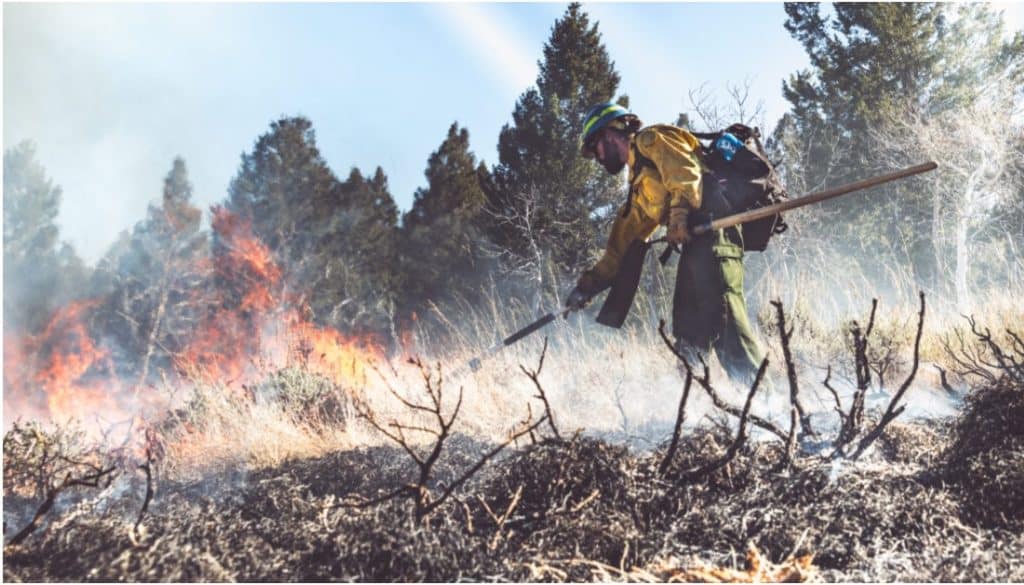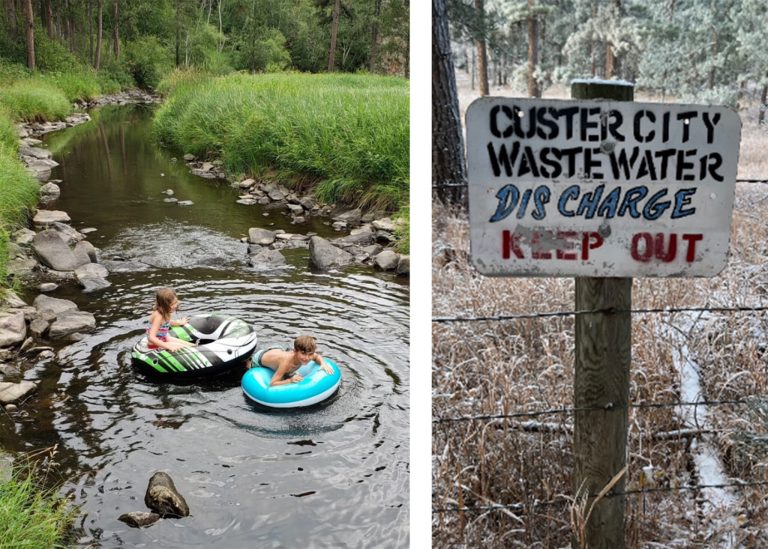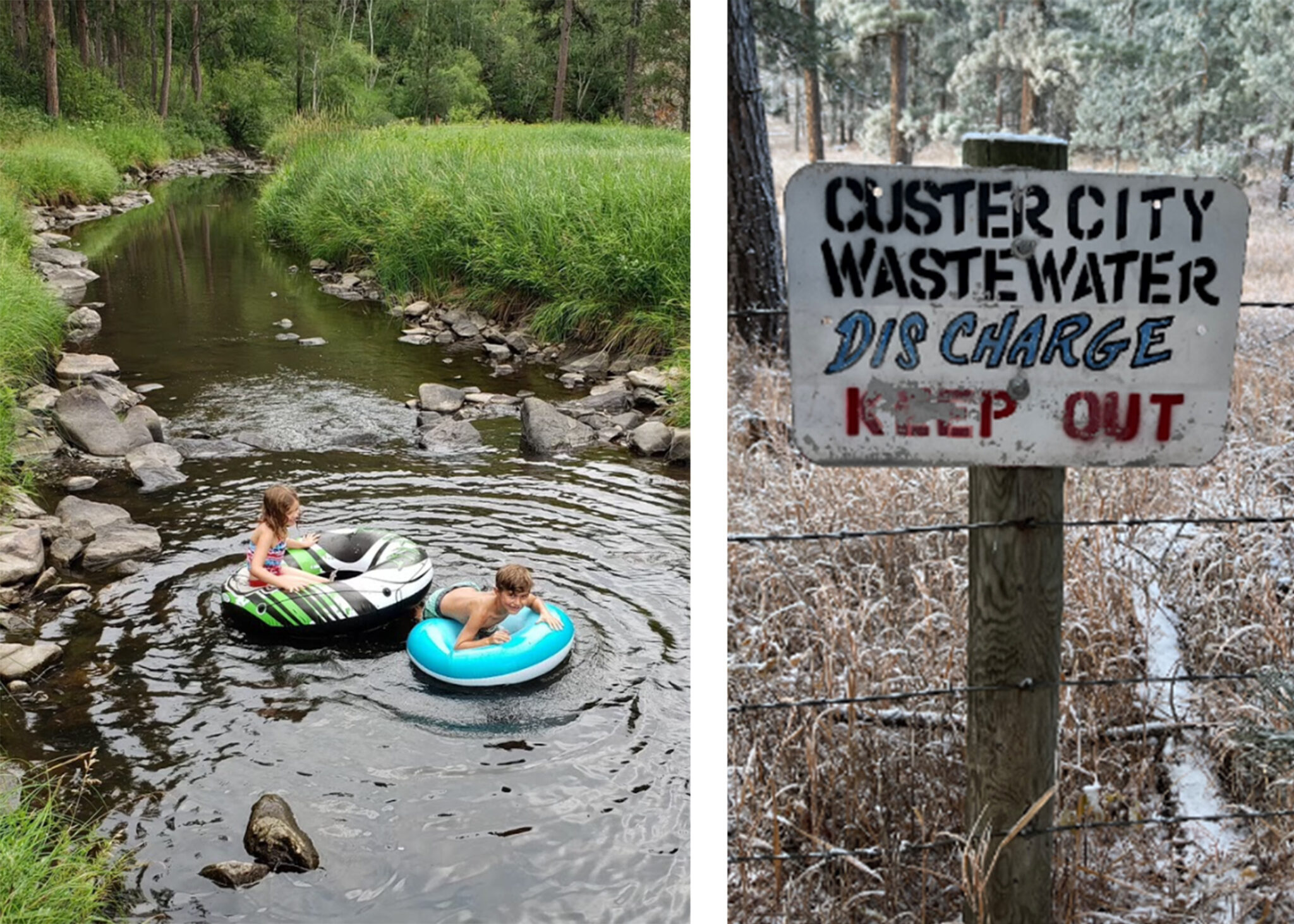PINE RIDGE, S.D. – With decades of experience, Reno Red Cloud knows more than anyone about water on the Pine Ridge Reservation in South Dakota. As climate change makes fire season on the reservation — which covers more than 2 million acres — more dangerous, he sees a growing need for water to fight those fires.
Red Cloud is the director of water resources for the Oglala Sioux Tribe and he recently received nearly $400,000 in federal funding to revive old wells that have been dormant for decades. He thinks the wells can produce over a million gallons of water a day. But there’s one catch: They have elevated levels of arsenic.
“We have to look at using these wells,” he said. “They are just sitting there. Instead of plugging them, like a Band-Aid, let’s utilize them for the future of drought mitigation.”
The Oglala Sioux’s water needs have doubled in recent years, with longer and hotter summers and, of course, drought. With more wildfires on the horizon, the water Red Cloud envisions could not only add to the quality of life for those on the reservation, but he sees this as a climate solution for reservations across the nation.
“We think other reservations could do the same,” he said.
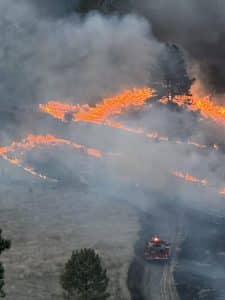
Arsenic can’t be seen, smelled, or tasted. It is a natural element found in the upper parts of the Earth’s crust, and while a big dose of it is fatal, the more common issue is consumption of low levels of arsenic over long periods of time.
Jaymie Meliker, a professor at Stony Brook University in New York and an authority on arsenic in drinking water, said the water Red Cloud wants to use should be safe to use to fight fires.
“Nothing is really toxic,” he said. “One of the first things they teach you in toxicology is [that] it’s the dose that makes the poison.”
He said the concentration of arsenic in the soil is measured in parts per million while in the water it is measured in parts per billion. It’s “still a thousandfold as small as the levels that are already in the soil, back into the soil. I don’t see a big risk from that at all.”
The wells were installed in the 1970;s when the United States Department of Housing and Urban Development funded and developed them for home projects on reservation land. Back then, the acceptable level of arsenic in a water supply was 50 parts per billion, and then in 2001 the Environmental Health Agency changed it to 10 parts per billion. When that happened, the pumps were plugged up and there were no plans to use them.
Understandingly, some in the area are hesitant when they hear about arsenic. The water many drink on Pine Ridge is pumped in from the Missouri River (with it’s own pollution problems) but the reservation has many private wells with elevated levels of arsenic. Tribes throughout the U.S. are disproportionately affected by elevated levels of arsenic in their private wells, such as those on the Navajo Nation.
A paper outlining a two-year study on arsenic in drinking water among Indigenous communities in the Northern Plains confirmed that those populations have higher levels of arsenic in their water. Prolonged arsenic exposure can lead to cardiovascular disease, diabetes, cancers, and other serious health conditions.
The World Health Organization offers guidelines on the subject, saying, “Low-arsenic water can be used for drinking, cooking and irrigation purposes, whereas high-arsenic water can be used for other purposes such as bathing and washing clothes.”
A funding summary of the tribes project said there was speculation on if the water should be used for agriculture and livestock. So, even though Red Cloud is interested in potentially using this water for livestock and agriculture, there is still more research to be done to look at the viability of these wells for other uses.
Red Cloud helped write the 2020 Oglala Sioux’s Drought Adoption Plan. New water sources were the first solution to mitigate drought in that report. He hopes that other tribes look at their old wells on reservation lands to see if they can help mitigate drought — or if it’s better to just plug them up and let them sit.
“The bottom line is we’re looking to deal with extended drought and the increasing intensity of wildfires,” he said.
